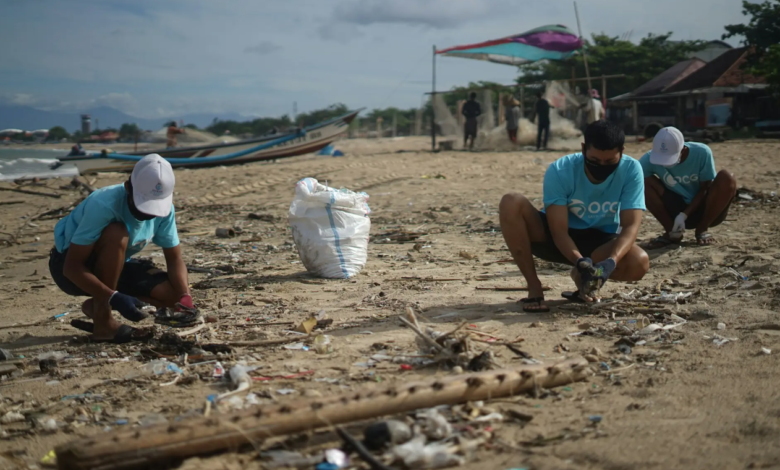A clear green light to cut 30% of microplastic pollution

There is no final vote by the EU Parliament, but proposals against microplastic pollution are now underway
(sustainabilityenvironment.com) – The Environment Committee of the European Parliament has adopted proposals to prevent the loss of tiny plastic fragments along the entire chain, to achieve zero losses to combat microplastic pollution.
The Members of the Commission adopted the text by 71 votes to 5 with one abstention. Their views will most likely influence those of the plenary. The request is to expand the definition of plastic pellets to include powders, cylinders, beads and flakes used in production and recycling.
In fact, in its action plan for 2021, the EU Commission proposed that, by 2030, there should be a 30% reduction in the release of microplastics into the environment. In Europe, according to data released by Strasbourg, about 57 million tons of pellets are produced annually. In 2019, between 52 thousand and 184 thousand tons of pellets were dispersed in the environment. However, an influence on the vote could have been the environmental disaster on the coast of Galicia, in the northwest of Spain. Here between December and January, millions of plastic granules were spilled into the sea and reached the beaches, transported by the Atlantic currents after an accident lost 6 containers in Portuguese waters.
New standards to buffer microplastic leakage
The catastrophe has probably increased the already strong attention to the issue. Under the new rules, entities handling plastic granules must avoid leakage and clean up spills promptly. Economic operators managing more than 1000 tonnes per year must draw up risk assessment plans, with deadlines varying according to the size of the undertaking. Storage and transport containers for plastic fragments shall be marked with pictograms indicating potential hazards and the need to prevent spillage. Additional measures proposed include a report on chemical traceability, compulsory training programs for businesses and standardised procedures for monitoring losses.
read also Micro and nanoplastics could increase the risk of metastases
The plenary meeting of the European Parliament is scheduled for April 24 and will be a key moment for the process of approval of the law, although the final passage will be the meeting that will be created after the June elections.





